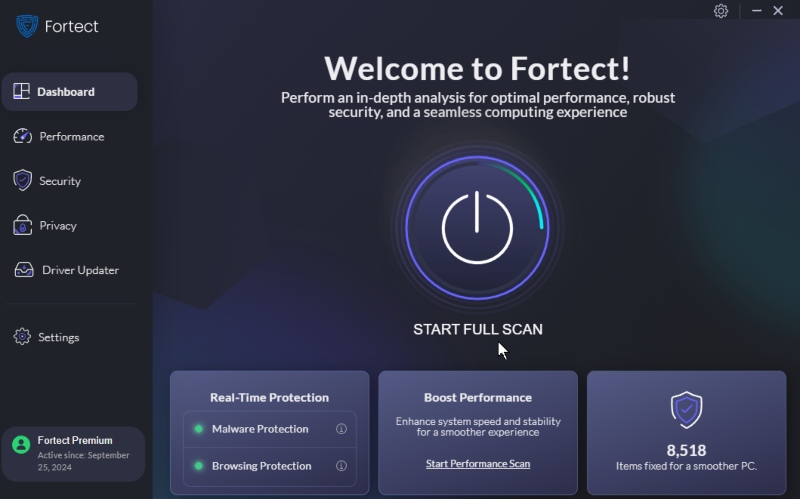Protecting Against DDoS Attacks: Essential Knowledge for Windows Users
Denial of Service (DDoS) attacks significantly threaten individuals and organizations. These attacks overwhelm networks, services, or servers, making them inaccessible to legitimate users. For Windows users, understanding and implementing preventative measures is crucial to safeguard against these disruptive events.
Key Takeaways:
- Best practices for preventing DDoS attacks
- The role of malware in facilitating these attacks
- Practical steps to enhance your Windows system’s resilience
Understanding the risks and taking proactive measures can significantly reduce your vulnerability to DDoS attacks. Let’s explore how to protect your assets and maintain uninterrupted online operations.
What is a DDoS Attack?

A DDoS attack involves multiple systems targeting a single system to flood it with traffic, making it impossible for legitimate users to access the targeted service. Unlike a traditional Denial of Service (DoS) attack, which uses a single source, a DDoS attack leverages a network of compromised computers, known as a botnet, to generate high malicious traffic.
How Does a DDoS Attack Work?
DDoS attacks exploit the limits of the targeted system by sending an overwhelming number of requests, often originating from multiple sources. The attackers use various methods, such as volumetric attacks, protocol attacks, and application layer attacks, to exhaust the target’s resources. The goal is to disrupt regular traffic and make the service unavailable to legitimate users.
How Malware Contributes to DDoS Attacks

Malware is often responsible for creating the botnets used in DDoS attacks. When a device is infected with malware, the attacker can remotely control it and use it as part of a botnet. This compromised device network can then be directed to simultaneously send massive amounts of traffic to the target, effectively overwhelming it.
Preventing malware infections is a critical component of DDoS attack prevention.
How to Prevent DDoS Attacks for Windows Users
Enable and Configure Firewalls

Firewalls act as the first defense against DDoS attacks by filtering incoming traffic. Windows users should:
- Go to Settings > Update & Security > Windows Security > Firewall & Network Protection to enable Windows Defender Firewall.
- Configure Firewall Rules: Create custom rules to block traffic from suspicious IP addresses and restrict the rate of incoming traffic.
Use Anti-DDoS and Anti-Malware Software
Specialized anti-DoS and anti-malware software can detect and mitigate attacks before they impact your system. Consider these steps:
- Install Reputable Anti-DoS and Anti-Malware Software: Look for software that offers real-time monitoring, automatic response capabilities, and comprehensive malware protection.
- Regularly Update the Software: Ensure the anti-DDoS and anti-malware software is up-to-date to protect against the latest threats.
Invest in a reputable third-party security solution to protect against the growing malware threat. Fortect PC Solution offers malware scanning and defense capabilities. This premium program automatically scans for threats, provides real-time notifications, isolates potential issues, and attempts to fix them. These features help keep your Windows PC running smoothly and securely.

Fortect’s automatic scanning and threat response can significantly reduce your risk of malware infection. Addressing security issues promptly helps maintain your system’s performance and stability.
Keep any security software up-to-date for the best protection against evolving threats.
Download and Install Fortect now.
Monitor Network Traffic
Continuous monitoring of network traffic helps in the early detection of unusual activities. Windows users should:
- Use Network Monitoring Tools: Tools like Wireshark or Windows Performance Monitor can help track traffic patterns.
- Set Alerts for Anomalies: Configure alerts to notify you of traffic spikes or unusual activity that could indicate a DDoS attack.
Implement Load Balancing
Load balancing distributes incoming traffic across multiple servers, reducing the risk of a single point of failure. Steps include:
- Set Up Load Balancers: Use built-in Windows features or third-party load-balancing solutions.
- Configure to Handle Excess Traffic: Ensure load balancers can manage unexpected surges in traffic effectively.
Use Content Delivery Networks (CDNs)
CDNs can absorb and disperse significant traffic, protecting the origin server. To implement CDNs:
- Select a Reliable CDN Provider: Choose a provider with robust DDoS mitigation features.
- Integrate CDN with Your System: Follow the provider’s guidelines to connect the server to the CDN.
Regularly Update Software and Hardware
Keeping your system updated ensures you have the latest security patches and improvements. Windows users should:

- Enable Automatic Updates: Go to Settings > Update & Security > Windows Update and turn on automatic updates.
- Upgrade Hardware as Necessary: Ensure your hardware can handle modern traffic demands and security requirements.
Educate and Train Users
Human error can often be a vulnerability. Educate your users by:
- Conducting Regular Training Sessions: Teach users about the dangers of DDoS attacks and safe online practices.
- Establishing Clear Security Policies: Define and enforce policies on network usage and security protocols.
Conclusion
Preventing DDoS attacks requires a multifaceted approach that includes proper firewall configuration, anti-DDoS and anti-malware software, and continuous network traffic monitoring. By implementing load balancing, using CDNs, and ensuring regular updates, Windows users can significantly reduce the risk of DDoS attacks. Education and training further fortify defenses, making it harder for attackers to succeed.
Following these best practices helps ensure a secure and resilient online presence, protecting against DDoS attacks and the malware that often facilitates them.




